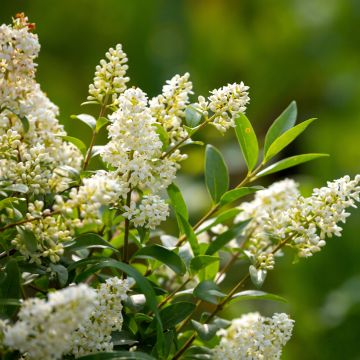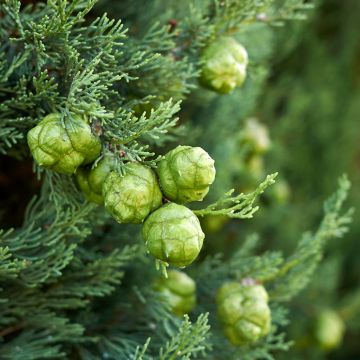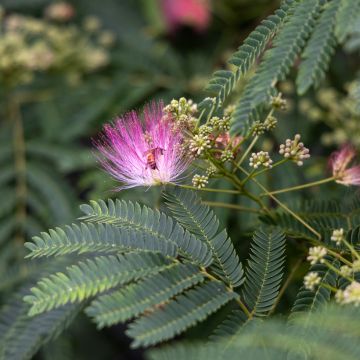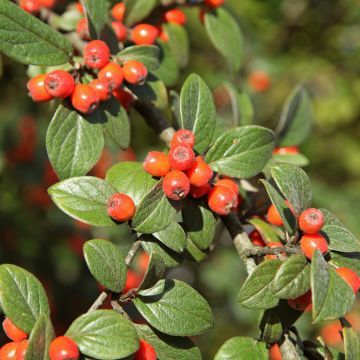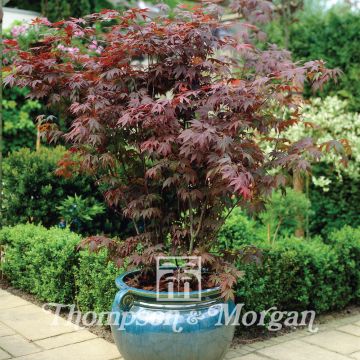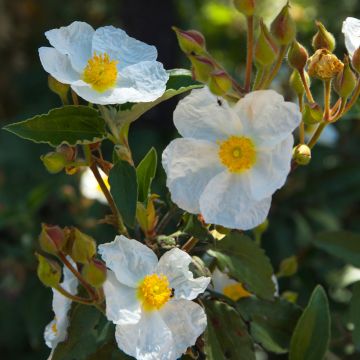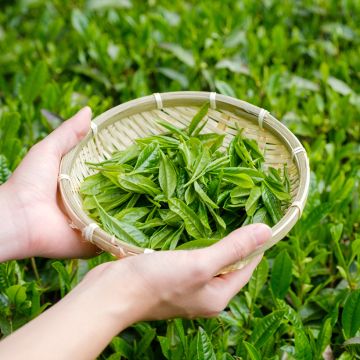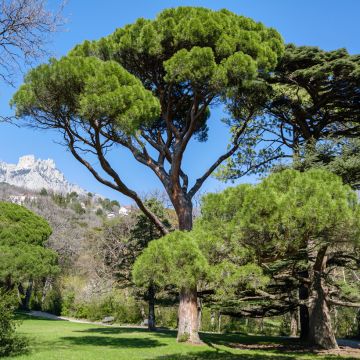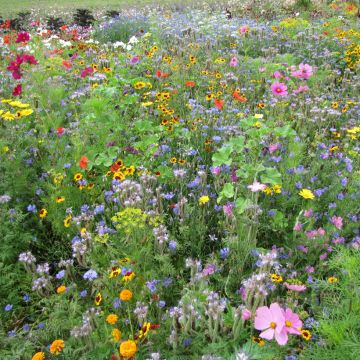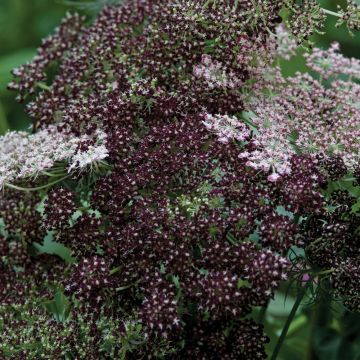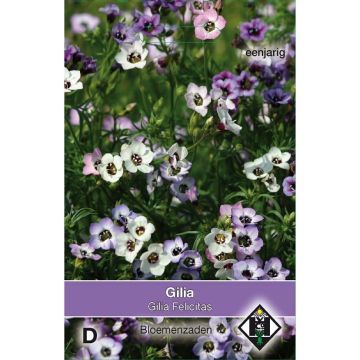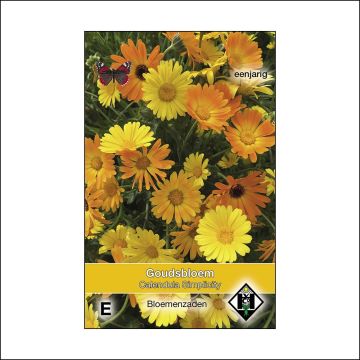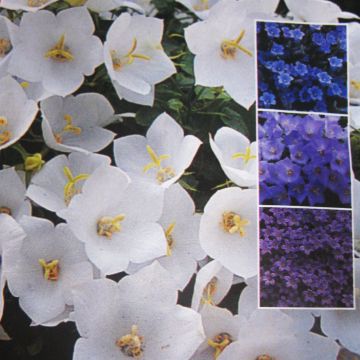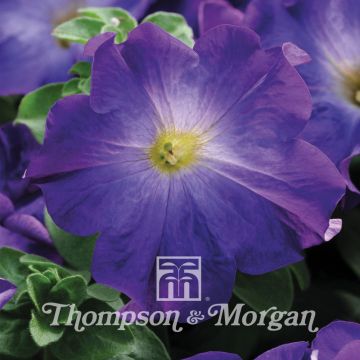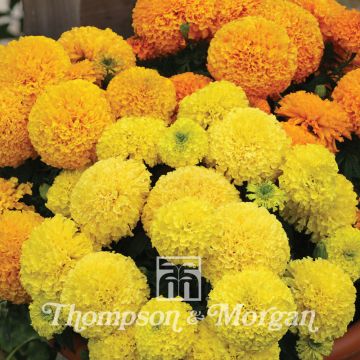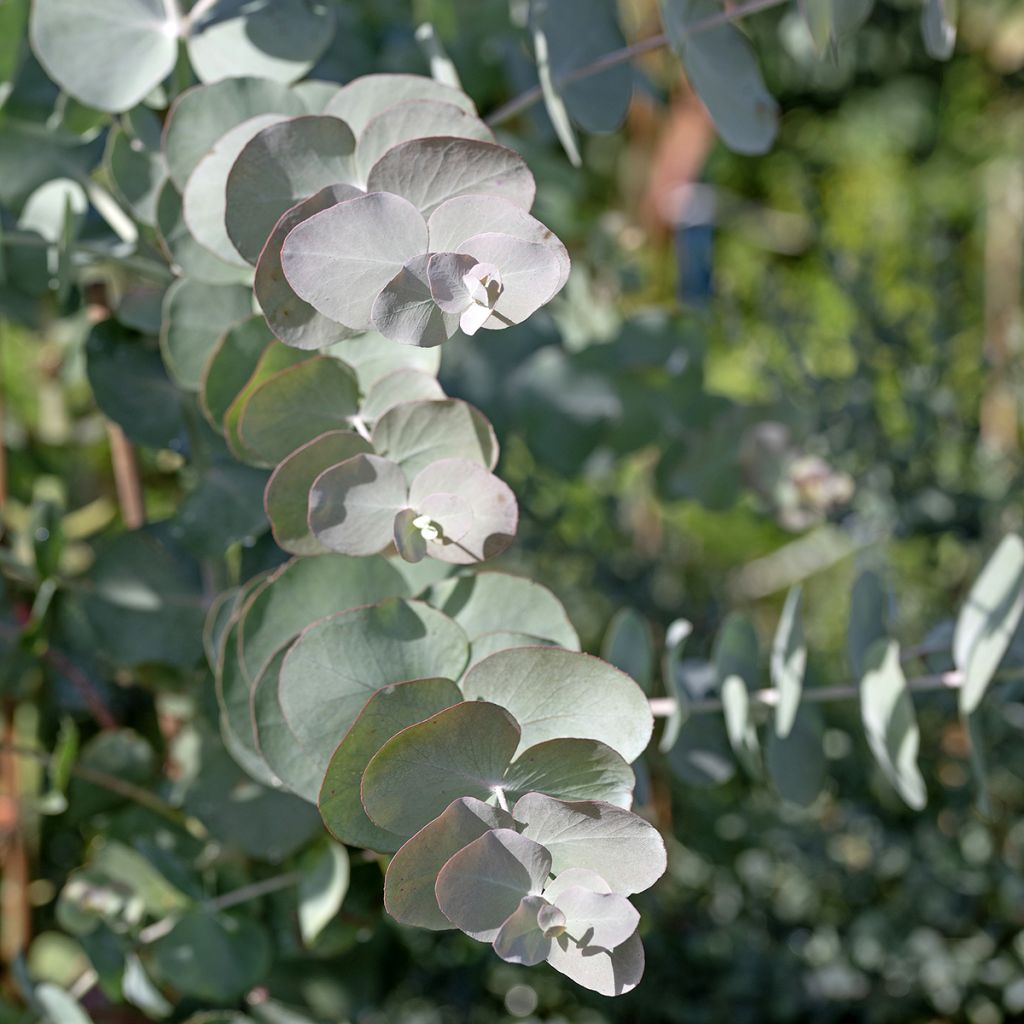

Eucalyptus cinerea - Argyle Apple seeds
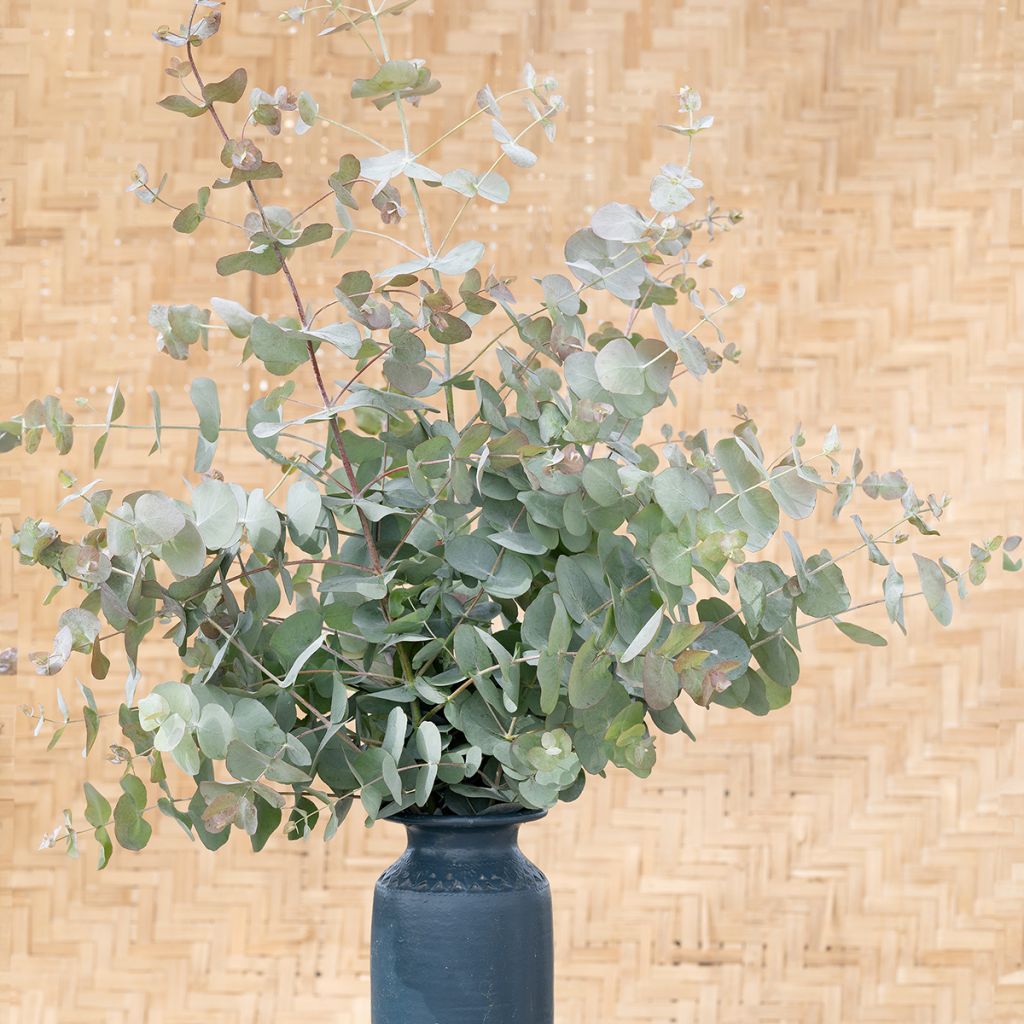

Eucalyptus cinerea - Argyle Apple seeds
Eucalyptus cinerea - Argyle Apple seeds
Eucalyptus cinerea Silver Dollar
Argyle Apple, Silver Dollar Tree, Silver Dollar Gum
Special offer!
Receive a €20 voucher for any order over €90 (excluding delivery costs, credit notes, and plastic-free options)!
1- Add your favorite plants to your cart.
2- Once you have reached €90, confirm your order (you can even choose the delivery date!).
3- As soon as your order is shipped, you will receive an email containing your voucher code, valid for 3 months (90 days).
Your voucher is unique and can only be used once, for any order with a minimum value of €20, excluding delivery costs.
Can be combined with other current offers, non-divisible and non-refundable.
Home or relay delivery (depending on size and destination)
Schedule delivery date,
and select date in basket
This plant carries a 6 months recovery warranty
More information
We guarantee the quality of our plants for a full growing cycle, and will replace at our expense any plant that fails to recover under normal climatic and planting conditions.
Would this plant suit my garden?
Set up your Plantfit profile →
Description
Eucalyptus cinerea or 'Silver Dollar' tree is highly valued in floristry for its juvenile foliage with metallic highlights that resemble silver dollar coins. In the garden, this variety is interesting for its good cold resistance and reasonable growth. It is a small tree with picturesque habit and bark, which remains decorative even in winter. Whether planted individually, in clusters or as hedges, Eucalyptus always adds an exotic and elegant touch to the garden. This 'Silver Dollar' variety can also be grown in pots with regular pruning. Its pleasantly aromatic foliage is reputed to repel mosquitoes. It thrives in well-drained, moderately moist, non-chalky soil.
Eucalyptus cinerea 'Silver Dollar' is a small tree of the Myrtaceae family. The cinerea species is native to southeastern Australia. The 'Silver Dollar' selection grows rapidly and has a naturally spreading habit, with branches that can trail on the ground. At the age of 10, it will reach approximately 10m (33ft) high and 5-6m (16-20ft) wide if not pruned. Eventually, it can reach 15m (49ft) high and 8-10m (26-33ft) wide. When pruned annually in spring, it will become wider and extremely dense, but shorter. Its evergreen foliage releases a minty aroma when crushed. Note that this cultivar produces almost no adult leaves, which are larger and more elongated than the juvenile leaves. In a mature specimen, the foliage is mainly composed of round juvenile leaves and intermediate leaves. Its bark is more persistent than that of the majority of eucalyptus trees and exfoliates very little. It is dull grey, thick, fibrous, rough and channelled with varying shades of orange mahogany depending on the season. The juvenile foliage consists of small, round or heart-shaped leaves, with glaucous metallic silver reflections. The insignificant flowers bloom in May-June. They are slightly fragrant white flowers in the shape of tiny pom-poms, which are highly visited by insects. The Eucalyptus cinerea adapts to clay or sandy soils but does not like chalky and very dry soils. A well-established specimen can withstand brief frosts of around -10 to -12°C (14 to 10.4°F).
The 'Silver Dollar' Eucalyptus works well in predominantly white or silver composiyions. It adds an exotic touch to the garden when planted as a hedge with other shrubs, in groups, or individually. For example, you can combine it with purple foliage plants (Sambucus Black Lace, Cotinus Royal Purple) or golden ones (Catalpa bignonioides Aurea, Golden Honey Locust). On the terrace, its lightness and the brightness of its foliage will bring a beautiful touch of light. Its lovely, rounded and subtly coloured foliage allows for beautiful combinations with many cut flowers. Lastly, it is an elegant plant at all stages of its growth, from young to adult.
Report an error about the product description
Eucalyptus cinerea - Argyle Apple seeds in pictures
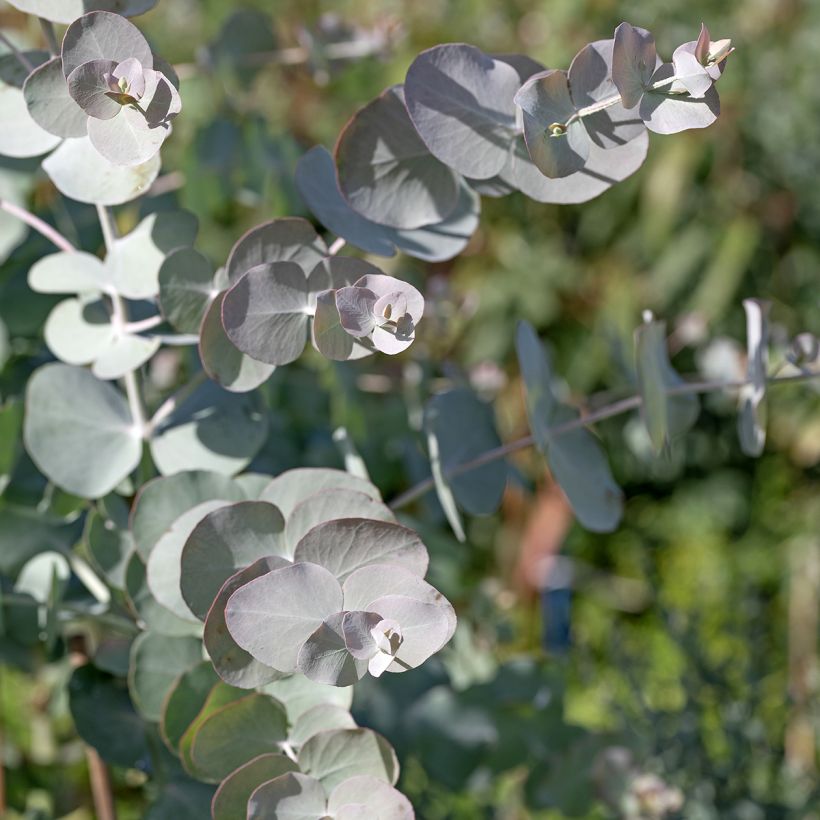

Flowering
Foliage
Plant habit
Botanical data
Eucalyptus
cinerea
Silver Dollar
Myrtaceae
Argyle Apple, Silver Dollar Tree, Silver Dollar Gum
Australia
Other Tree seeds
View all →Planting and care
Sowing:
Sow Eucalyptus Silver Dollar seeds at any time of the year.
Sow the seeds on the surface of a moistened seed compost, in trays or pots. Light is necessary for germination, barely cover the seeds with a thin layer of vermiculite or do not cover them at all. Enclose your seedlings in transparent plastic and maintain everything at a temperature between 20 and 25°C (68 and 77°F). Keep the surface of the compost moist, but not waterlogged. Germination can be slow and erratic, usually taking between 14 and 90 days.
Some gardeners recommend soaking the seeds in cold water for 3 days before sowing them in warm trays (20-22°C (68-71.6°F)).
When they are developed enough to be handled, transplant your young eucalyptus plants into 7.5 cm (3in) pots with a soil-less substrate, rich in compost and sand. Grow them like this for a while, then repot them again into 13 cm (5in) pots until your plants have reached a sufficient size (40 to 60 cm (16 to 24in)) to be transplanted outdoors or into large pots. Gradually acclimatise your young eucalyptus to cooler growing conditions for a few weeks before planting them outside, once the frosts have passed. The young plants will need to be protected from frost during their first 2 or 3 years of life.
The growth of the seedlings is slow until they reach a height of 20 cm (8in). Once this size is reached, it accelerates significantly.
Cultivation in the open ground:
Eucalyptus 'Silver Dollar' is best planted in early spring, in a well-drained, neutral to acidic, even slightly clayey or sandy soil, in a sunny position, sheltered from strong and cold winds. Water regularly to help your eucalyptus establish itself, especially in summer if it is very dry. Pruning is not necessary, but it is tolerated in spring, allowing the plant to maintain more modest dimensions. In March, you can cut back to ground level to form a beautiful, bushy shrub, 2-3 m (7-10ft) high. It grows well in a large container filled with light and rich substrate. Care should be taken with watering, preferably with non-chalky water.
Sowing period
Intended location
Planting & care advice
This item has not been reviewed yet - be the first to leave a review about it.
Similar products
Haven't found what you were looking for?
Hardiness is the lowest winter temperature a plant can endure without suffering serious damage or even dying. However, hardiness is affected by location (a sheltered area, such as a patio), protection (winter cover) and soil type (hardiness is improved by well-drained soil).

Photo Sharing Terms & Conditions
In order to encourage gardeners to interact and share their experiences, Promesse de fleurs offers various media enabling content to be uploaded onto its Site - in particular via the ‘Photo sharing’ module.
The User agrees to refrain from:
- Posting any content that is illegal, prejudicial, insulting, racist, inciteful to hatred, revisionist, contrary to public decency, that infringes on privacy or on the privacy rights of third parties, in particular the publicity rights of persons and goods, intellectual property rights, or the right to privacy.
- Submitting content on behalf of a third party;
- Impersonate the identity of a third party and/or publish any personal information about a third party;
In general, the User undertakes to refrain from any unethical behaviour.
All Content (in particular text, comments, files, images, photos, videos, creative works, etc.), which may be subject to property or intellectual property rights, image or other private rights, shall remain the property of the User, subject to the limited rights granted by the terms of the licence granted by Promesse de fleurs as stated below. Users are at liberty to publish or not to publish such Content on the Site, notably via the ‘Photo Sharing’ facility, and accept that this Content shall be made public and freely accessible, notably on the Internet.
Users further acknowledge, undertake to have ,and guarantee that they hold all necessary rights and permissions to publish such material on the Site, in particular with regard to the legislation in force pertaining to any privacy, property, intellectual property, image, or contractual rights, or rights of any other nature. By publishing such Content on the Site, Users acknowledge accepting full liability as publishers of the Content within the meaning of the law, and grant Promesse de fleurs, free of charge, an inclusive, worldwide licence for the said Content for the entire duration of its publication, including all reproduction, representation, up/downloading, displaying, performing, transmission, and storage rights.
Users also grant permission for their name to be linked to the Content and accept that this link may not always be made available.
By engaging in posting material, Users consent to their Content becoming automatically accessible on the Internet, in particular on other sites and/or blogs and/or web pages of the Promesse de fleurs site, including in particular social pages and the Promesse de fleurs catalogue.
Users may secure the removal of entrusted content free of charge by issuing a simple request via our contact form.
The flowering period indicated on our website applies to countries and regions located in USDA zone 8 (France, the United Kingdom, Ireland, the Netherlands, etc.)
It will vary according to where you live:
- In zones 9 to 10 (Italy, Spain, Greece, etc.), flowering will occur about 2 to 4 weeks earlier.
- In zones 6 to 7 (Germany, Poland, Slovenia, and lower mountainous regions), flowering will be delayed by 2 to 3 weeks.
- In zone 5 (Central Europe, Scandinavia), blooming will be delayed by 3 to 5 weeks.
In temperate climates, pruning of spring-flowering shrubs (forsythia, spireas, etc.) should be done just after flowering.
Pruning of summer-flowering shrubs (Indian Lilac, Perovskia, etc.) can be done in winter or spring.
In cold regions as well as with frost-sensitive plants, avoid pruning too early when severe frosts may still occur.
The planting period indicated on our website applies to countries and regions located in USDA zone 8 (France, United Kingdom, Ireland, Netherlands).
It will vary according to where you live:
- In Mediterranean zones (Marseille, Madrid, Milan, etc.), autumn and winter are the best planting periods.
- In continental zones (Strasbourg, Munich, Vienna, etc.), delay planting by 2 to 3 weeks in spring and bring it forward by 2 to 4 weeks in autumn.
- In mountainous regions (the Alps, Pyrenees, Carpathians, etc.), it is best to plant in late spring (May-June) or late summer (August-September).
The harvesting period indicated on our website applies to countries and regions in USDA zone 8 (France, England, Ireland, the Netherlands).
In colder areas (Scandinavia, Poland, Austria...) fruit and vegetable harvests are likely to be delayed by 3-4 weeks.
In warmer areas (Italy, Spain, Greece, etc.), harvesting will probably take place earlier, depending on weather conditions.
The sowing periods indicated on our website apply to countries and regions within USDA Zone 8 (France, UK, Ireland, Netherlands).
In colder areas (Scandinavia, Poland, Austria...), delay any outdoor sowing by 3-4 weeks, or sow under glass.
In warmer climes (Italy, Spain, Greece, etc.), bring outdoor sowing forward by a few weeks.































